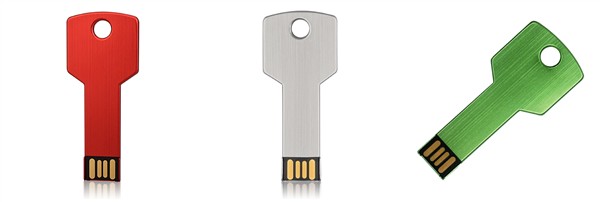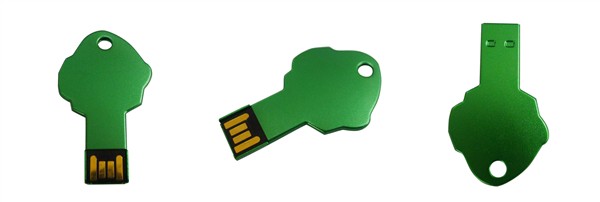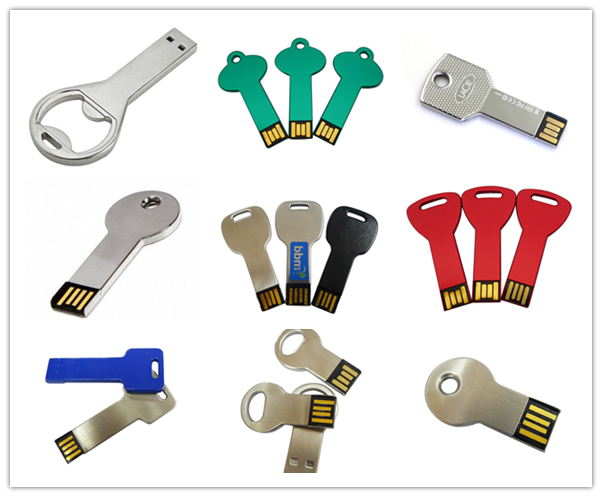The emergence of intelligent lighting is accompanied by the development of technologies such as Internet of Things, LED lighting, and wireless communication. Its typical feature is the individually controllable, convenient and flexible scene setting of lighting equipment, and can be seamlessly interfaced with other intelligent information systems (such as Intelligent sensor network, security monitoring network, intelligent energy network, etc., to meet different intelligent lighting needs with novel rendering mode. Therefore, intelligent lighting system needs to provide convenient and easy-to-operate system upgrade and transformation plan to adapt to the changing needs. Low-power wireless communication control systems are a key part of this.
As an important part of smart engineering, intelligent lighting is also a good application form in the Internet of Things system. The intelligent lighting solution based on low-power wireless transmission will be the future development trend. At present, the market environment is becoming more and more mature, and the establishment of relevant standards will be the boost to promote the development of the intelligent lighting market.
At present, there are many protocols used in the field of low-power wireless transmission, and a unified transmission specification has not yet been formed. The following is an example of the comparison of two current mainstream low-power wireless transmission protocols, Zigbee and Jennet-IP, to analyze the characteristics and development direction of low-power transmission protocols.
1, Zigbee agreement
The Zigbee protocol is characterized by small size, low cost, low power consumption and low transmission rate. It was jointly proposed by Motorola (USA), Mitsubishi (Japan), Philips (Netherlands), Invensys (UK) and other companies in 2002. Developed low-power wireless communication protocol.
The network layer and media access layer of the Zigbee protocol use the IEEE802.15.4 protocol as the protocol standard, and the IEEE 802.15.4 protocol is the IEEE 802 Wireless Personal Area Network (WPAN, Wireless Personal Area Network) group (established in December 2000) in 2003. Officially released in December, including the protocol standards adopted by its physical layer and MAC layer. The Zigbee Alliance released the Zigbee wireless communication protocol by defining the network layer and the application layer based on the physical layer (PHY) and the medium access layer (MAC) defined in IEEE802. 15.4 in December 2004.
(1) The main application features of the Zigbee wireless communication protocol are as follows:
1 low power consumption: Compared with other wireless network protocols, Zigbee protocol devices have very low power consumption, so the device life is extended a lot;
2 High reliability: The Zigbee protocol has a mechanism to avoid collisions. By adopting a dedicated time gap method, collisions in the process of transmitting data are avoided. In addition, an automatic routing mode is adopted in the transmission to improve transmission reliability.
3 low transmission rate: the Zigbee protocol supports a transmission rate ranging from 10 kb/s to 250 kb/s;
4 transmission delay is small: Zigbee protocol optimizes the application with high time delay requirement, which shortens the communication delay greatly. In addition, the time for Zigbee protocol device to activate from sleep state is also reduced a lot;
5 Supporting a large number of nodes: In theory, the Zigbee protocol network can support a maximum capacity of 65,000 nodes;
6 Security: The Zigbee protocol can provide corresponding security mechanisms for specific application needs. The AES.128 algorithm is used to protect data in CCM mode.
(2) The overall structure of the Zigbee protocol mainly includes the physical layer (PHY), the medium access layer (MAC), the network/security layer, and the application framework layer.
The 1 PHY layer is mainly responsible for controlling the opening and closing of the wireless transceiver, channel selection, energy detection, link quality, sending and receiving data packets through physical media, and the like;
The 2MAC layer is mainly responsible for channel access, transmission acknowledgement frame, time slot management, beacon management, transmission connection, and disconnection request. In addition, it provides support for appropriate security mechanisms, such as collision avoidance carrier sense multiple access. (CSMA-CA), time synchronization beacon optional superframe structure;
3 security layer is mainly responsible for key management, access and other functions;
4 network layer is mainly negative LR-WPAN network networking, data, etc.;
5 The application framework layer is mainly responsible for providing application software interfaces (APIs) to implement device management at the application layer. In addition, the application layer can also provide an application framework model for practical applications in order to develop applications.
2, Jennet-IP protocol
Developed by NXP Semiconductors, Jenne t-IP is an enhanced 6LoWPAN network layer protocol specifically designed for ultra low power networks based on the IEEE 802.15.4 standard for residential and industrial applications. Jennet-IP has been adopted by major customers such as IBM and TCP. Currently, Jennet-IP is widely used in smart home, A/V RF remote control, intelligent lighting, home smart medical, security fire protection, access control, and smart energy. 6LoWPAN, IPv6 over IEEE 802.15.4, formerly known as IPv6 over Lowpower Wireless Personal, is a low-speed wireless personal area network standard. As a network layer interconnection scheme, 6LoWPAN technology has attracted widespread attention, and many wireless networking solutions have integrated 6LoWPAN.
Realistic key shaped USB Thumb Drive. Created to the dimensions of a standard key and can be attached with ease onto a key ring or a keychain. FREE print (up to 4 spot colours) and FREE engrave branding options are available with this model.
Hot Sale Free Sample 8gb Gold Key USB Flash Drive


This kind of Key USB Flash Drive is very sell like hot cakes. It versions 2.0 and 1.0. Light weight, easy to carry and use, no need extra software to drive it. Easy to read and read in high speed. It has many colors to choose from.

This is a very thoughtful design, especially fashion. Consumers can choose what capacity according to their own needs
Key USB Flash Drive is An ideal way to store all your pictures, documents, music and videos. Key USB Flash Drive is very mini fashion size can put it into your other keys togther throuth keyring. Key USB Flash Drive Can act as a wonderful gift for your friends and families and A great way to distinguish your masses of USB flash drives from each other as our cute USB come in a variety of variations for every day use.
Here is the other different Key USB Flash Drive.

They all have some common features.
- Compatibility: Desktop, Laptop, Macintosh, Tablet, Speakers all with USB1.0 and 2.0.
- Operating System : Windows7/Vista/XP/2000/ME/NT/98,Linux (Sometimes incompatible with Mac OS 9.X/Linux2.4)
- Fine choice for advertisement allow to print LOGOs and advertisement.
- Very Low Power Consumption, durable solid-state storage.
- Small and exquisite design brings much convenience.
Key Usb Flash Drive
Key Usb Flash Drive,Red Key Usb Flash Drive,Oem Usb Flash Drive,Waterproof Key Usb Flash Drive
Reteck Electronic Co., Ltd. , https://www.reteck.com